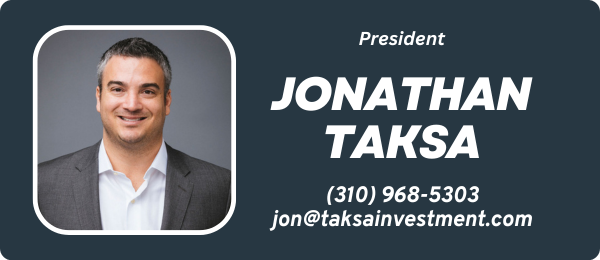Recent heat waves in Los Angeles have highlighted the challenges of maintaining safe indoor temperatures in rental housing, particularly in older, less energy-efficient units. The California Department of Housing and Community Development recommended a statewide maximum indoor temperature of 82 degrees, but legislative action remains uncertain. Additionally, Los Angeles County has introduced a mandate requiring rental units in unincorporated areas to maintain indoor temperatures at 82 degrees or cooler by 2027, putting added pressure on landlords and property owners.
Current Legislation
Sen. Henry Stern (D-LA) introduced a bill establishing a state policy requiring landlords to provide habitable temperatures in rental units. The bill was amended to remove specific temperature thresholds.
A second measure by Assemblymember Damon Connolly (D-San Rafael) would have prohibited mobile home landlords from banning air conditioners. Both bills face final hearings; failure to pass will end their prospects for 2025.
These proposals reflect ongoing efforts to address climate-driven heat in homes and protect low-income renters living in older, inefficient buildings.
Landlord and Industry Concerns
Landlords have historically opposed mandates requiring retrofits for cooling, citing high costs and operational challenges. In 2022, a similar bill faced $2.8 million in combined lobbying opposition from the California Apartment Association and California Building Industry Association.
Industry representatives indicate support for research and gradual upgrades but resist full retrofit mandates without financial assistance. UCLA estimates heat pump installation costs between $6,000 and $13,000 per unit, not including potential electrical upgrades.
Policy and Practicality
Stern’s amended bill focuses on newly constructed units, which are generally more energy-efficient. Older buildings, where cooling is most critical, remain largely unaddressed, leaving low-income renters at higher risk. Experts suggest that state incentives, grants, or low-interest loans would be necessary for widespread adoption of cooling systems.
Local ordinances have begun to fill the gap:
Palm Springs requires residential units to maintain 80 degrees or below.
Los Angeles County will require large landlords in unincorporated areas to maintain 82 degrees or below by 2027.
These local measures highlight potential compliance costs for multi-family investors, including HVAC upgrades and ongoing monitoring.
Implications for Multi-Family Investors
Operational Costs: Older properties may require substantial upgrades to meet future cooling standards.
Regulatory Risk: Local and state-level rules could impose new obligations for landlords.
Tenant Retention: Heat-related discomfort can increase turnover, particularly in lower-income communities.
Investment Strategy: Modern, energy-efficient buildings may face lower exposure to future cooling mandates, representing a strategic advantage in acquisition and portfolio planning.
Investors should closely monitor legislative developments and local ordinances, while evaluating potential costs and strategies for retrofitting older multi-family units to ensure compliance and tenant satisfaction.
Questions? Contact the TIG Team!
Click on a contact card below to email one of our team members directly.
